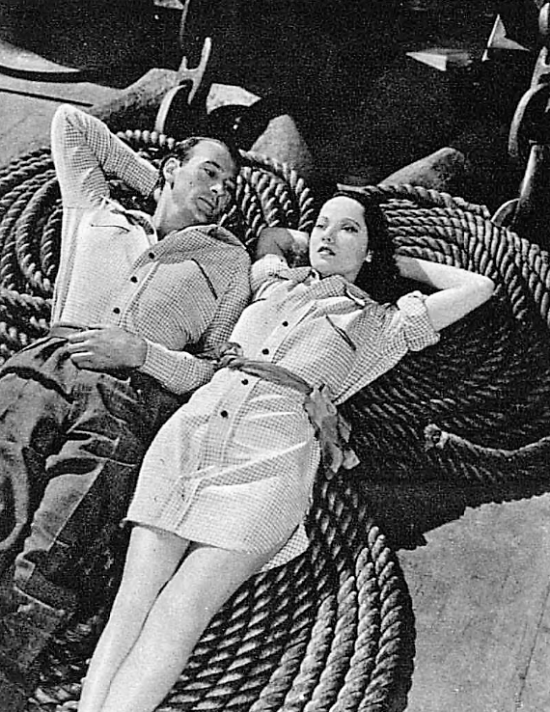The adjective Capraesque means characteristic of, or similar in spirit to, the films of Frank Capra.
Frank Capra (1897-1991) was an Italian-born American film director, known in particular for Mr. Smith Goes to Washington (1939) and It’s a Wonderful Life (1946).
The Oxford English Dictionary (3rd edition, 2018) defines Capraesque as meaning, especially:
having a somewhat whimsical feel or a story affirming democratic values, individual decency and perseverance, and the power of the ordinary American citizen to influence community and society.
However, the earliest instance of the adjective Capraesque that I have found is pejorative, since it qualifies the noun platitudes. It is from the review by Frank Evans of The Cowboy and the Lady, published in the Evening Chronicle (Newcastle upon Tyne, Northumberland, England) of Tuesday 9th May 1939—produced by Samuel Goldwyn, The Cowboy and the Lady (1938) is a U.S. western romantic comedy directed by Henry Codman Potter, and starring Gary Cooper and Merle Oberon:
“Marco Polo”* was pretty dreadful stuff, but it did contain some action. The first real bit of action in this film, except when the hero arouses an ecstasy of adoration in the heroine by pushing her into a pond, comes after one hour and ten minutes, when we see him riding his horse furiously across the Montana plains. His haste, however, is deceptive. His only reason for hurrying is that he can make whimsical chalk-marks to represent furniture on the floor of the house he is building for his beloved, and to entertain the local cowboys to a meal in dumb show. He would, no doubt, have gone on to extend his hospitality to the fairies at the bottom of the garden had not a wire arrived to say that the beloved was delaying her arrival.
Share of a “Date”
The beloved, it should said, is not a lady’s maid, as he thinks, but a real lady, daughter of a would-be candidate for the Presidency of the United States. Being bored with exile at Palm Beach, she got her maids to let her share a “bind [sic] date,” and took a course from them on how to bring a man up to the scratch. (In real life, one feels, they might have taken points from her.) Anyway, there is a climax where the cowboy bursts in on a very swell dinner party and learns the truth, and lets fall some Capra-esque platitudes about the rich before he departs. The upshot is that the father no longer wishes to be President, which is a good thing for the American people, and the Lady gets the Cowboy without losing her money.
In spite of the threadbare plot and the embarrassing whimsy, the film has entertainment value of a kind, thanks largely to Gary Cooper’s fine talent for suggest inarticulate feeling.
But one feels that the abilities of the players and the money of Mr. Goldwyn might have been married to happier purpose.
(* This is a reference to The Adventures of Marco Polo (1938), produced by Samuel Goldwyn, and starring Gary Cooper.)
Gary Cooper and Merle Oberon—photograph from The Cowboy and the Lady (1938)—published in The Sketch (London, England) of Wednesday 11th January 1939:

The second-earliest occurrence of Capraesque that I have found refers to a film directed by Frank Capra: State of the Union (1948), starring Spencer Tracy and Katharine Hepburn. The following is the review of this film, published in The Knoxville News-Sentinel (Knoxville, Tennessee) of Sunday 2nd May 1948:
Probably something like this should be compulsory for every adult in an election year—a primer on politics full of solid punch. Tracy is an honest, self-made success at the start suffering only from a slight estrangement with his wife. A slick female publisher, a GOP power out of favor, persuades him to campaign as a dark-horse candidate, and for a while, waging his own campaign, he and his wife climb rapidly. But in time he, too, must make under-the-counter deals with office-seekers, lobbyists and suspect pressure groups.
His wife is sickened at once by this, but not until a rousing Capraesque finish does he also wash his hands of such traffic, admonishing voters just to get out and vote, cautioning candidates to fight a square fight, reminding campaign managers that the people hire the President not a machine. It is very good fun, a slick job as written, as directed, as acted.
